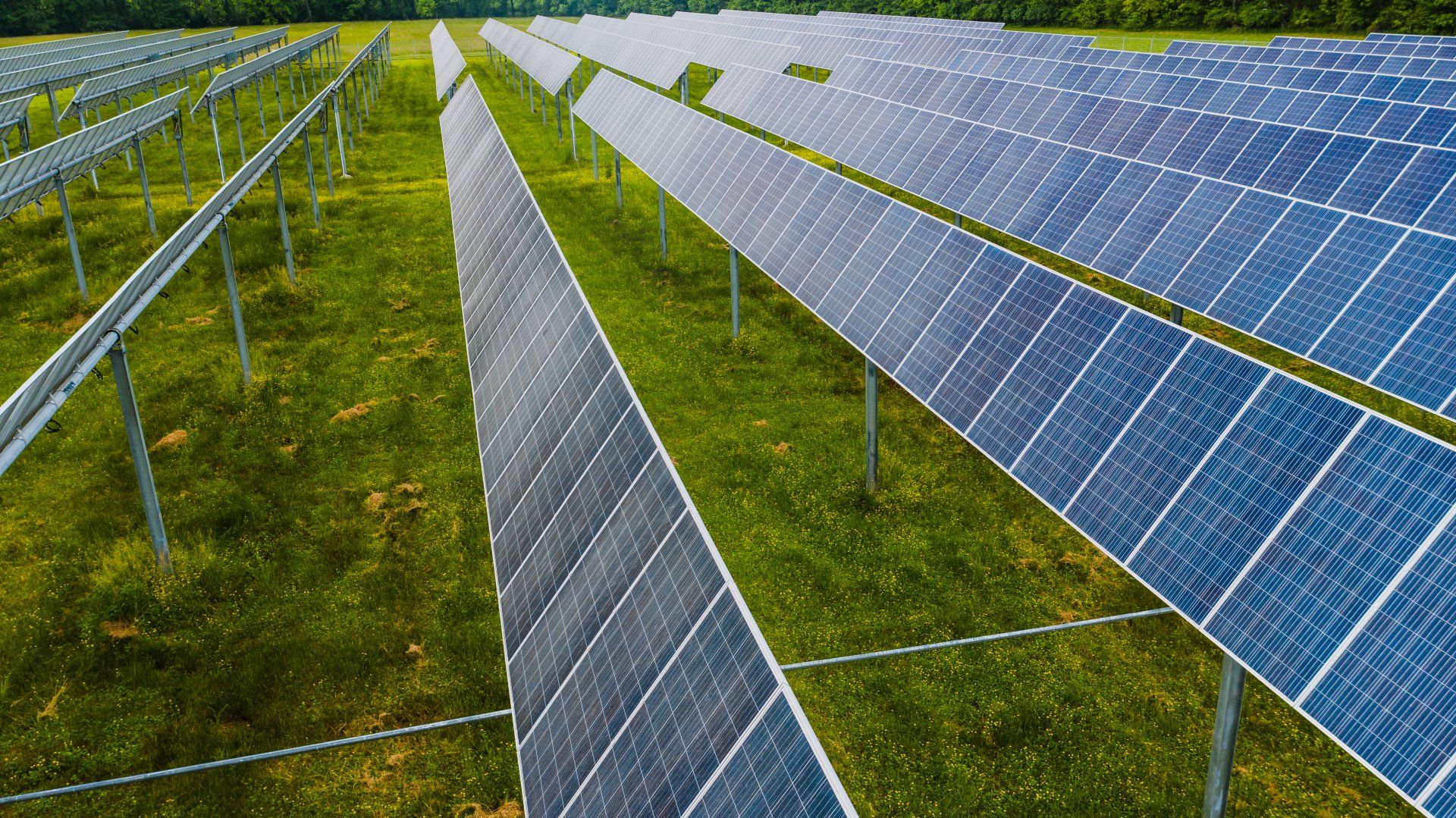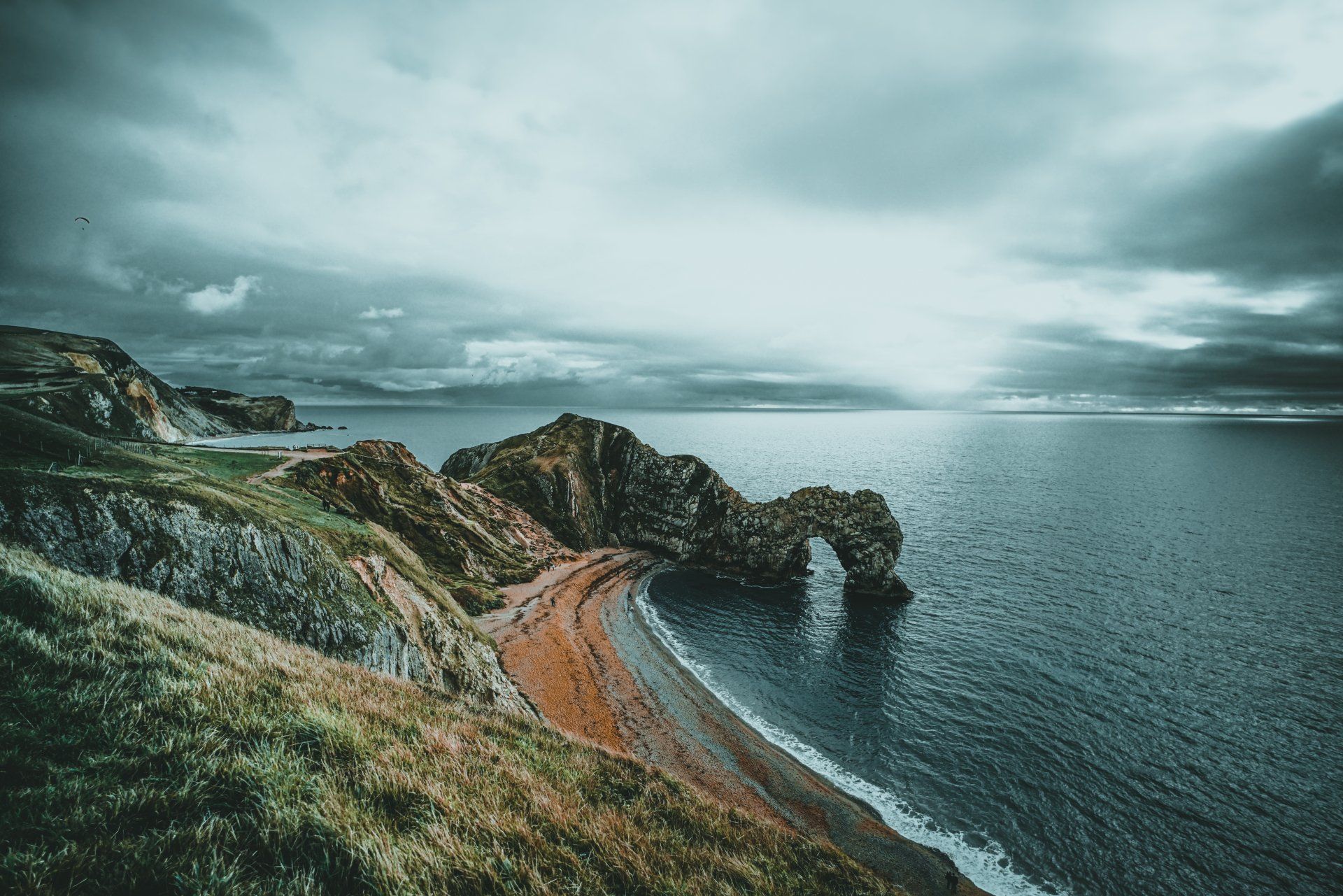Nationalise Water
- Bring Water and Sewerage into Government Ownership.
- Ending raw sewage going into our rivers and sea coastlines.
- Only compensate pension funds and not any other private owners of water companies.
- Bring Water and Sewerage into Government Ownership.
- Ending raw sewage going into our rivers and sea coastlines.
- Only compensate pension funds and not any other private owners of water companies.
Self Generation of Power Saves Funding
- Wastewater treatment plants use sewage to generate energy on site.
- This energy is then used to help operate the wastewater treatment plants.
- Plus the excess energy can be used to pump drinking water to homes and businesses, or granted to National Grid beyond that use.
Self Generation of power and more Green Jobs
- Big privately-owned office blocks self-pay to utilise their dirty water to generate electricity to power building.
Utilising British manufactured systems to gain the electric power for the building, from microbial fuel cell consisting of two chambers, one filled with wastewater or other nutrients and the other with water, each containing an electrode.
Naturally occurring bacteria in the wastewater consume the organic material and produce electricity.
No more hydro-electric dams
- No more hydro-electric dams.
- Instead have Run of River hydro power stations,
- but first looking into local impact study by environmental groups into their effect on river natural life.
Related Policies
Background to Water Ownership (2023)
Who owns other water companies?
(Source:
https://www.standard.co.uk/news/uk/who-owns-thames-water-company-renationalisation-b1091014.html )
More than 90 per cent of English water companies are owned by international investors, private equity funds, and banks. As of July 2023, here are their respective owners:
Anglian Water
Owners:
Canadian Pension Plan — 33 per cent.
Australian pension funds — 32 per cent.
Commonwealth Bank of Australia — 20 per cent.
Greater Manchester, Lancashire County, London, Merseyside and West Yorkshire Local Government Pension Funds — 8 per cent.
Northumbrian Water
CK Hutchison, a group based in the Cayman Islands — 80 per cent.
Li Ka Shing Foundation, a charity foundation from Hong Kong — 20 per cent.
Severn Trent
Blackrock Investment fund from the US — 7 per cent.
Lazard Investment fund from the US — 5 per cent.
Legal & General Financial services company from the UK —
4 per cent.
Vanguard Investments fund from the US — 3 per cent.
Standard Life Aberdeen Investment fund from the UK —
3 per cent.
Maple-Brown Abbott Investment fund from Australia —
3 per cent.
Invescov Investment fund from Bermuda — 2 per cent.
Deutsche Bank from Germany — 2 per cent.
State Street Corporation Investment fund from the US —
2 per cent.
Government of Norway Sovereign Wealth Fund from Norway — 2 per cent.
South West Water
Lazard Investments fund from the US — 10 per cent.
Banque Pictet, a bank from Switzerland — 6 per cent.
Blackrock Investment fund from the US — 5 per cent.
Ameriprise Financial from the US — 5 per cent.
Capital Group Investment fund from the US — 5 per cent.
Rare Infrastructure Investment fund from Australia — 5 per cent.
Axa Financial Services company from France — 5 per cent.
UBS Bank Switzerland — 4 per cent.
Invesco Investment fund from Bermuda — 4 per cent.
Legal & General Financial Services company from UK — 3 per cent.
Southern Water
UBS Bank from Switzerland — 22 per cent.
Institutional investors advised by JP Morgan Investment fund from US — 40 per cent.
Hermes Investment fund from the UK — 21 per cent.
Motor Trades Association of Australia and Prime superannuation funds, managed by Whitehelm Capital Pension fund from Australia — 8 per cent.
Ck Hutchinson Multinational conglomerate from Bermuda — 5 per cent.
An unknown “infrastructure investment companies” Investment fund — 5 per cent
United Utilities
(Northwest England from Carlisle in north Cumbria to Crewe in south Cheshire).
Lazard Investment fund from the US — 8 per cent.
Blackrock Investment fund, US — 5 per cent.
Norges Bank, Norway — 3 per cent.
JK Holdings —2 per cent.
Vanguard Investments fund, US —1 per cent.
Government of Norway —1 per cent.
Legal & General Financial services, UK —1 per cent.
State Street Corporation Investment fund, US — 1 per cent.
Deutsche Bank, Germany — 1 per cent.
Bank Of New York —1 per cent.
Wessex Water
The YTL Corporation from Malaysia owns 100 per cent of the company.
Yorkshire Water
Government of Singapore — 34 per cent.
Corsair Capital Investment fund, US — 30 per cent.
Deutsche Bank, Germany — 23 per cent.
New South Wales public sector pension fund, Australia —
13 per cent.


